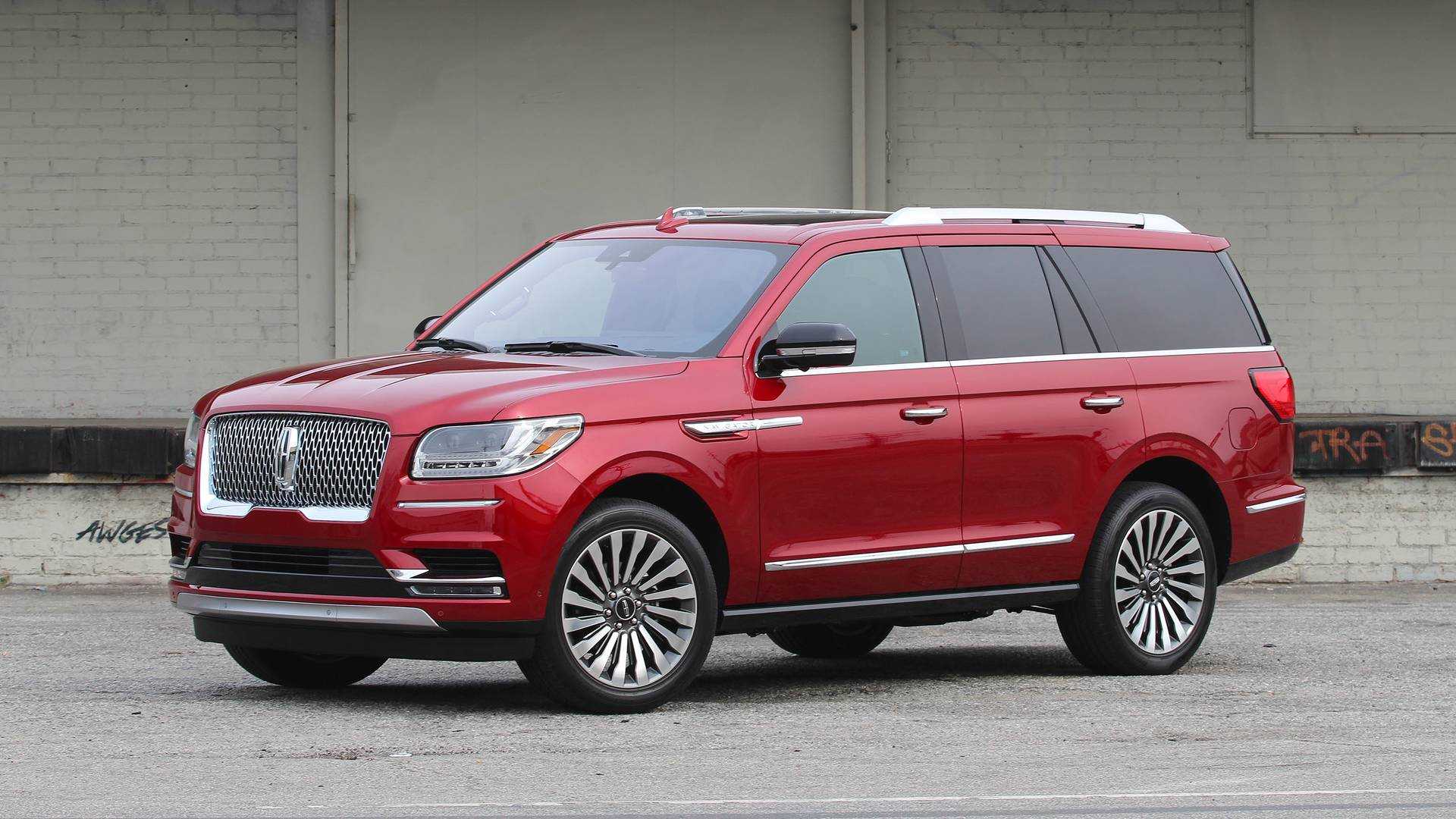The automotive industry has experienced a dramatic transformation in recent years, with in-vehicle technology becoming a defining feature of modern cars.
Among the most significant developments has been the integration of sophisticated display systems, ranging from front-dashboard infotainment screens to rear-seat entertainment systems.
These technological advances have fundamentally changed how passengers interact with their vehicles, transforming long journeys into immersive entertainment experiences while providing unprecedented connectivity and convenience.
Rear-seat entertainment systems have evolved from simple DVD players to sophisticated multimedia hubs capable of streaming content, gaming, and providing independent control over various vehicle functions.
Leading manufacturers have embraced this trend, with luxury brands like BMW introducing massive 31-inch theater screens and mainstream manufacturers like General Motors integrating dual 12.6-inch touchscreen displays across their full-size SUV lineup.
These systems represent the pinnacle of automotive entertainment technology, offering passengers cinema-quality experiences while on the road. However, the rapid adoption of complex display technologies has not been without challenges.
As vehicles become increasingly dependent on electronic systems, instances of display failures, touchscreen malfunctions, and software glitches have emerged as significant concerns for manufacturers and consumers alike.
Recent recalls affecting hundreds of thousands of vehicles from major brands like Ford, General Motors, and Nissan highlight the delicate balance between technological innovation and system reliability.
This comprehensive analysis examines both sides of the equation, showcasing five vehicles that excel in rear-seat entertainment while also examining five models that have experienced notable display system failures.
5 Vehicles With Exceptional Rear-Seat Screens
These exceptionally engineered rear entertainment systems feature robust displays and intuitive controls that provide consistent, high-quality entertainment throughout vehicle ownership.
BMW leads the premium segment with its $4,800, 31-inch Theater Screen, which comes with 8K resolution and is powered by Amazon Fire TV, allowing access to streaming services using the sedan’s 5G connection.
The Cadillac Escalade doesn’t hold back with a 9-inch screen (or two in the ESV), featuring Blu-ray DVD player, MP3 capabilities, and wireless connectivity that transforms the backseat into a mobile entertainment hub.
These systems demonstrate how thoughtful engineering and quality components create seamless entertainment experiences that enhance long journeys without technical frustrations or reliability concerns.
1. BMW 7 Series with Theater Screen
The BMW 7 Series stands as the undisputed champion of rear-seat entertainment, featuring the revolutionary Theater Screen that represents the pinnacle of automotive display technology.
This extraordinary system centers around a massive 31-inch 8K resolution display that transforms the vehicle’s rear compartment into a premium entertainment venue.
The screen emerges from the vehicle’s headliner at the touch of a button, creating an immersive viewing experience that rivals high-end home theater systems.
The Theater Screen operates on the Amazon Fire TV platform, providing passengers with access to popular streaming services, including Netflix, Amazon Prime Video, Disney+, and YouTube through the vehicle’s integrated 5G connectivity.
The system’s 8K resolution ensures crystal-clear image quality, while the large screen size creates an engaging viewing experience that makes long journeys feel significantly shorter. The display can be controlled through touch interface, voice commands, or dedicated remote controls, offering multiple interaction methods to suit different preferences.
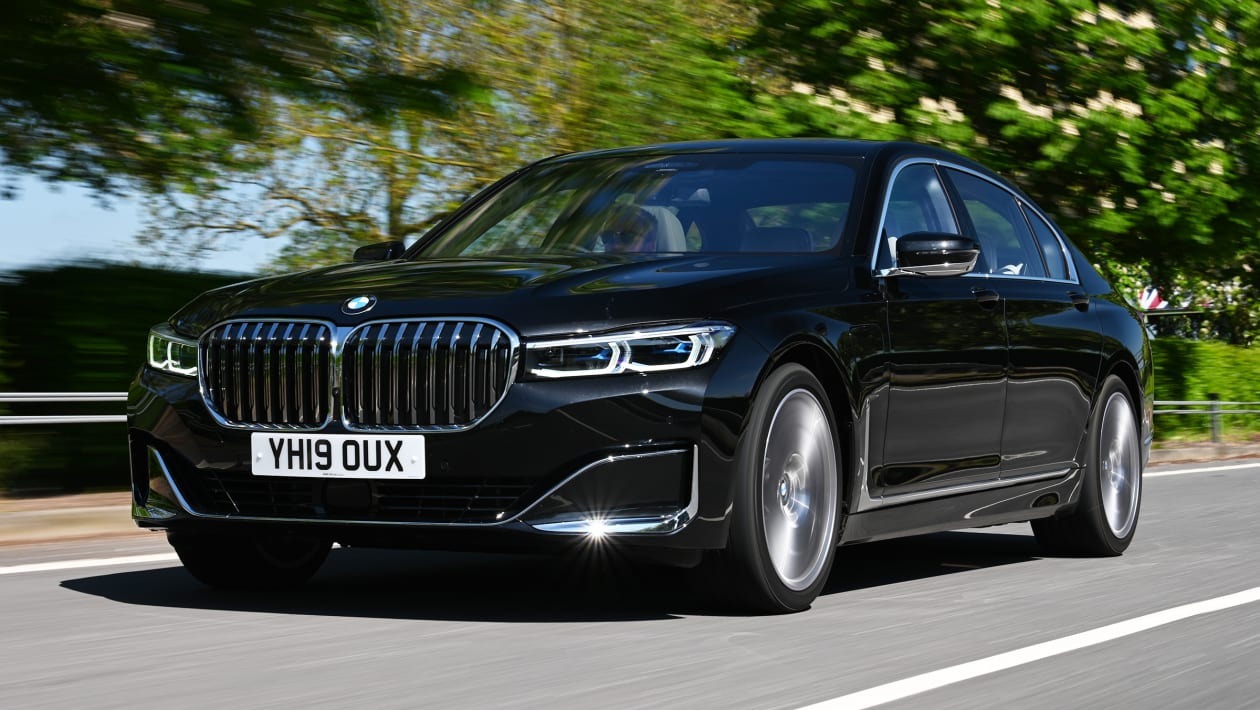
Beyond entertainment, the Theater Screen integrates seamlessly with the vehicle’s climate control, ambient lighting, and seating systems to create a complete luxury experience.
Passengers can adjust their seating positions, activate massage functions, and customize lighting conditions while enjoying their preferred content.
The system also includes premium audio processing through the vehicle’s Bowers & Wilkins Diamond surround sound system, ensuring that audio quality matches the exceptional visual experience.
The BMW Theater Screen represents a significant investment at $4,800, but it delivers unparalleled luxury and functionality. The system’s integration with BMW’s ConnectedDrive services provides real-time updates, weather information, and traffic conditions, making it both an entertainment hub and an information center.
This combination of cutting-edge technology, premium materials, and thoughtful design makes the BMW 7 Series Theater Screen the gold standard for rear-seat entertainment systems.
2. Cadillac Escalade with Rear Seat Media System
The Cadillac Escalade has established itself as a leader in luxury SUV rear-seat entertainment through its sophisticated Rear Seat Media System, which exemplifies American luxury automotive technology.
This comprehensive system features dual 12.6-inch diagonal color touchscreen displays mounted behind the front seats, providing independent entertainment and control capabilities for rear passengers.
0The high-definition screens deliver exceptional image quality and responsiveness, ensuring that passengers can enjoy their preferred content without compromise.
The Escalade’s rear-seat entertainment system operates on an Android-based platform, offering access to popular streaming applications, games, and productivity tools. Passengers can download and install applications directly onto the system, creating personalized entertainment experiences tailored to their preferences.
The system supports multiple input methods, including USB ports, HDMI connections, and wireless connectivity options, allowing passengers to connect their devices and share content seamlessly.
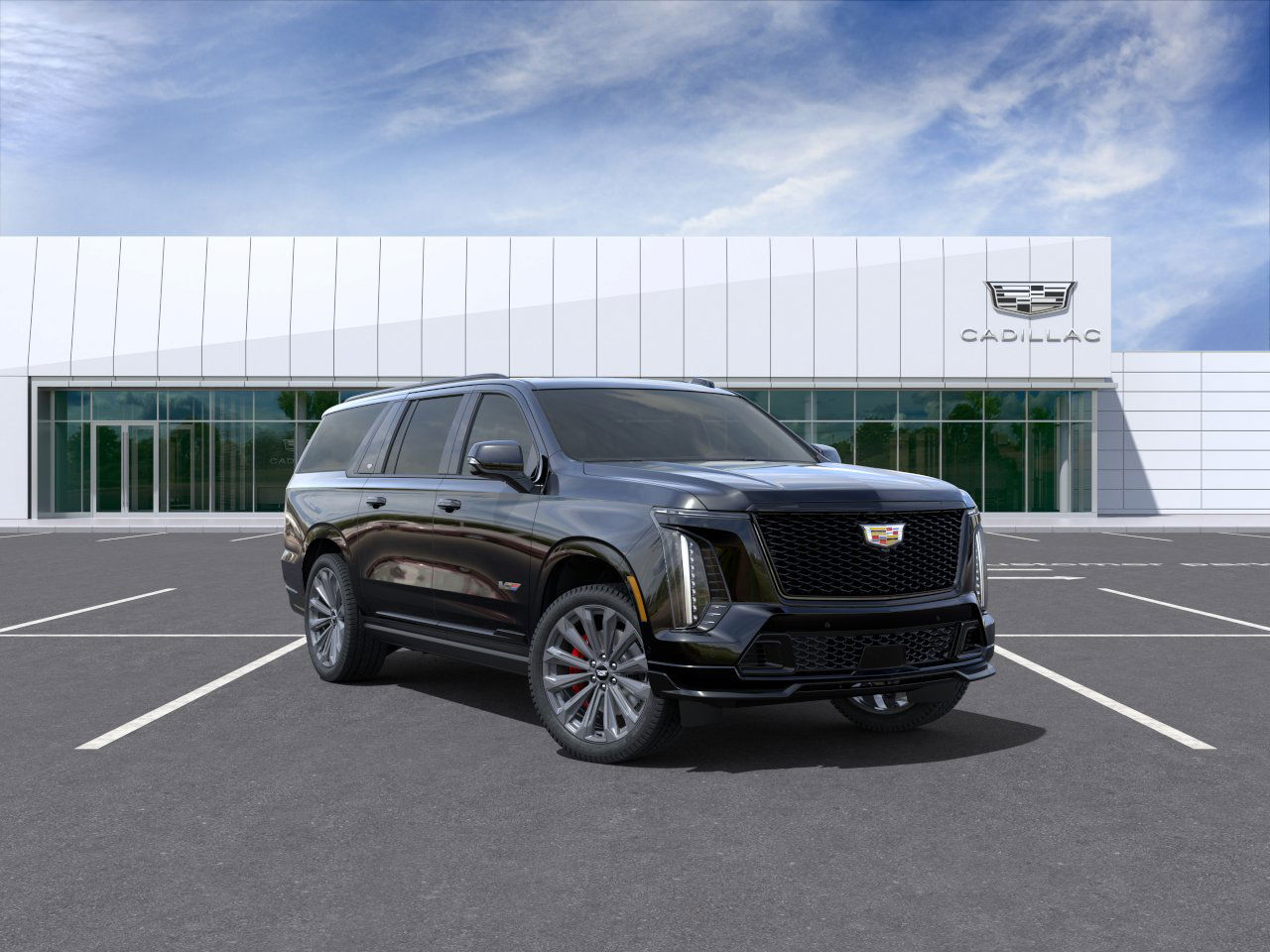
One of the system’s most impressive features is its independent operation capability, allowing each screen to display different content simultaneously.
This functionality is particularly valuable for families with children of different ages or business travelers who need to balance work and entertainment during long journeys.
The screens can display movies, television shows, games, or vehicle information, while passengers can also control climate settings, lighting, and other comfort features through the intuitive interface.
The Escalade’s rear-seat entertainment system integrates with the vehicle’s premium AKG Studio Reference audio system, providing exceptional sound quality through individual wireless headphones or the vehicle’s surround sound speakers.
The system also includes advanced connectivity features, such as Wi-Fi hotspot capability and 5G connectivity, ensuring that passengers can stream content, browse the internet, and stay connected throughout their journey.
This combination of advanced technology, premium materials, and thoughtful design makes the Cadillac Escalade’s Rear Seat Media System a standout feature in the luxury SUV segment.
3. Lincoln Navigator with Rear Seat Entertainment
The Lincoln Navigator represents American luxury at its finest, featuring a sophisticated rear-seat entertainment system that combines cutting-edge technology with elegant design.
The system includes dual 10.1-inch touchscreen displays mounted behind the front seats, providing rear passengers with independent access to entertainment, information, and vehicle control functions.
These high-resolution screens deliver crisp image quality and responsive touch interaction, ensuring that passengers can go through various applications and content with ease.
The Navigator’s rear-seat entertainment system operates on a comprehensive multimedia platform that supports various content sources, including streaming services, USB media, and wireless device connectivity.
Passengers can access popular applications like Netflix, YouTube, and Spotify, while also enjoying traditional entertainment options such as DVD playback and digital media files. The system’s intuitive interface makes it easy for passengers of all ages to go through different entertainment options and customize their viewing experience.
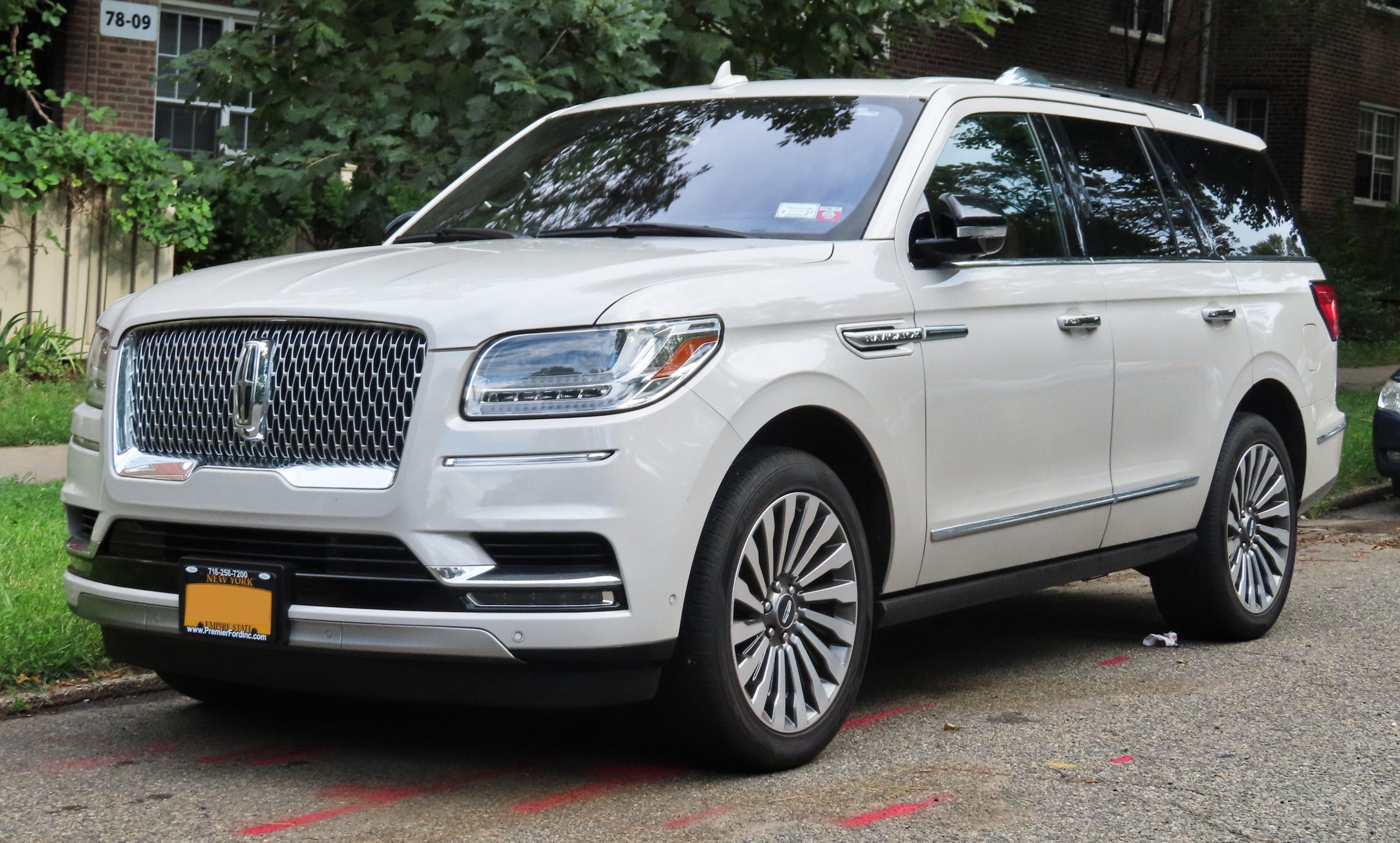
One of the Navigator’s most impressive features is its integration with the vehicle’s Revel Ultima audio system, which provides exceptional sound quality through premium speakers strategically positioned throughout the cabin.
Passengers can enjoy immersive audio experiences through wireless headphones or the vehicle’s surround sound system, creating a theater-like environment that enhances the entertainment experience.
The system also includes individual climate control interfaces, allowing rear passengers to adjust temperature, fan speed, and air distribution to their personal preferences.
The Lincoln Navigator’s rear-seat entertainment system demonstrates the brand’s commitment to luxury and technology, offering features that rival those found in premium home entertainment systems.
The system’s seamless integration with the vehicle’s other luxury features, including ambient lighting, premium seating, and advanced connectivity options, creates a comprehensive luxury experience that sets the Navigator apart from its competitors.
This attention to detail and focus on passenger comfort make the Lincoln Navigator’s rear-seat entertainment system a compelling choice for luxury SUV buyers.
4. Toyota Sienna with Rear Entertainment System
The Toyota Sienna has revolutionized family transportation with its innovative rear entertainment system, designed specifically to meet the needs of modern families during long journeys.
This comprehensive system features a split-screen configuration with dual displays that can operate independently or together, providing flexibility for different passenger preferences and age groups.
The system’s user-friendly interface makes it accessible to children and adults alike, ensuring that everyone can enjoy their preferred entertainment content.
The Sienna’s rear entertainment system supports multiple content sources, including built-in streaming applications, USB media playback, and wireless device connectivity.
Families can access popular streaming services like Disney+, Netflix, and YouTube, while also enjoying traditional entertainment options such as DVD playback and digital media files stored on USB devices.
The system’s robust connectivity options ensure that passengers can stay connected to their digital lives while traveling, making long journeys more enjoyable and productive.

One of the Sienna’s standout features is its CabinTalk communication system, which allows front-seat passengers to communicate with rear-seat occupants through the entertainment system.
This feature is particularly valuable for families with young children, as parents can easily communicate instructions, share information, or simply check on their children’s wellbeing without turning around or raising their voices.
The system can temporarily mute entertainment content to ensure clear communication, then automatically resume playback when the conversation is complete.
The Toyota Sienna’s rear entertainment system includes premium audio processing through the vehicle’s JBL sound system, providing clear and immersive audio experiences for all passengers.
The system supports both wireless headphones and speaker playback, allowing families to choose the audio configuration that best suits their preferences and situations.
Additionally, the system integrates with the vehicle’s climate control and lighting systems, enabling rear passengers to adjust their comfort settings without disturbing the driver.
This comprehensive approach to rear-seat entertainment makes the Toyota Sienna an excellent choice for families who prioritize passenger comfort and entertainment during travel.
Also Read: 5 Vehicles With Quiet Electric Motors vs 5 With Noisy E-Drives
5. Honda Odyssey with CabinWatch and CabinTalk
The Honda Odyssey has set new standards for family-friendly rear-seat entertainment with its innovative CabinWatch and CabinTalk systems, which combine advanced entertainment capabilities with practical family-oriented features.
The system features a sophisticated display configuration that includes multiple screens and cameras, providing both entertainment and communication capabilities that make family travel more enjoyable and manageable.
The Odyssey’s approach to rear-seat entertainment emphasizes both fun and functionality, creating a system that serves the diverse needs of modern families.
The Odyssey’s rear entertainment system includes high-resolution displays that support various content sources, from streaming services to personal media files.
The system’s integration with popular streaming platforms ensures that passengers can access their favorite shows, movies, and music during travel, while the intuitive interface makes it easy for children to go through different entertainment options independently.
The system also supports multiple input methods, including USB ports, HDMI connections, and wireless connectivity, providing flexibility for different device types and user preferences.
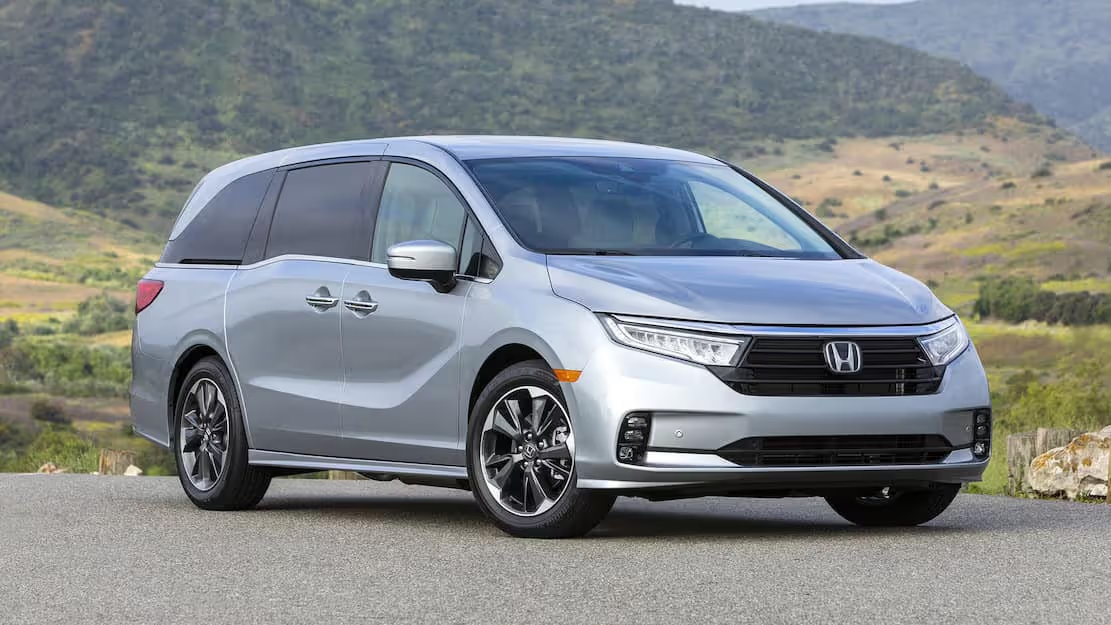
The CabinWatch system represents one of the Odyssey’s most innovative features, using strategically placed cameras to provide front-seat passengers with a clear view of rear-seat activities.
This system is particularly valuable for parents traveling with young children, as it allows them to monitor their children’s activities and wellbeing without turning around or becoming distracted from driving.
The camera system can display night vision capabilities, ensuring visibility even in low-light conditions, and can be customized to focus on specific seating areas based on passenger configuration.
The CabinTalk communication system complements the CabinWatch feature by providing clear two-way communication between front and rear passengers.
This system allows parents to communicate with their children through the vehicle’s audio system, temporarily muting entertainment content to ensure clear conversation.
The system’s sophisticated audio processing ensures that communication is clear and natural, reducing the need for raised voices or physical gestures.
Combined with the Odyssey’s premium audio system and comfortable seating configuration, these features make the Honda Odyssey an exceptional choice for families who prioritize both entertainment and communication during travel.
5 Vehicles With Faulty Display Systems
These problematic rear entertainment systems plague owners with recurring technical failures that transform premium features into sources of constant frustration and expensive repairs.
Common issues include screens that won’t turn on until the vehicle restarts, connectivity problems where wireless hotspots fail to stream content properly, and system glitches that require frequent hard resets to restore basic functionality.
The 2022 uConnect theater exemplifies these problems with error messages stating “THIS SERVICE IS NOT CURRENTLY AVAILABLE ON THE FRONT SEAT DISPLAYS” appearing randomly during operation.
Infotainment problems are some of the most common reliability complaints in exclusive reliability surveys, with owners reporting dead screens, frozen displays, and complete system failures that require dealer intervention to resolve persistent technical issues.
1. General Motors Vehicles (2024-2025 Models)
General Motors has faced significant challenges with infotainment system reliability across its 2024 and 2025 model lineup, affecting vehicles from the Chevrolet, Buick, GMC, and Cadillac brands.
The problems span across all full-size trucks and SUVs, including both gasoline and electric variants, as well as midsize trucks and compact to midsize crossovers.
These widespread issues have created substantial concerns for both the manufacturer and consumers, highlighting the complexities of integrating advanced display technologies into modern vehicles. The most prevalent issue affecting GM vehicles involves complete system blackouts during various operational scenarios.
In 2021 models, GM identified a flaw where displays would go blank in cold temperatures, disabling backup cameras and alert systems, while 2024-2025 vehicles often experience black screens during Bluetooth calls.
Additionally, changing modes often causes system crashes, creating frustrating experiences for users who rely on these systems for navigation, entertainment, and vehicle control functions.
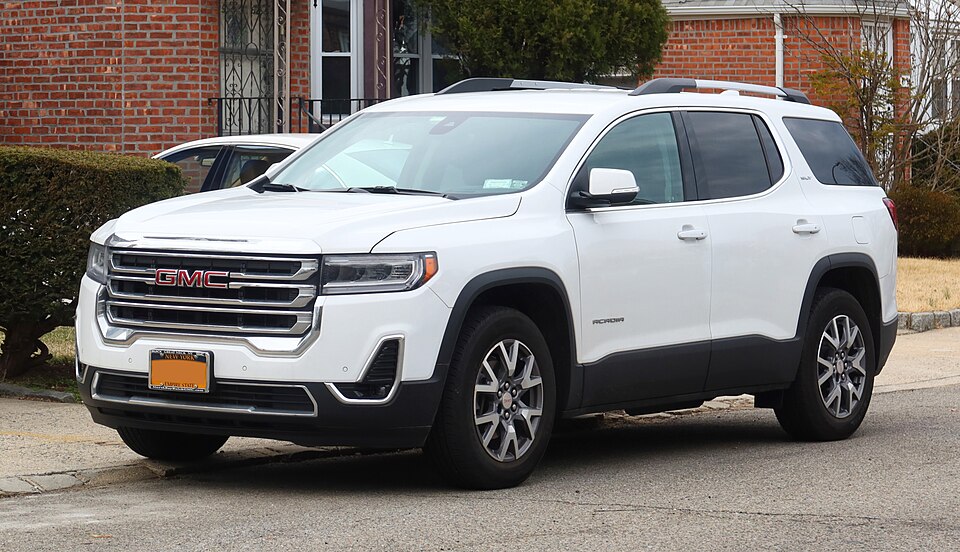
The scope of these problems extends beyond simple inconvenience, as they affect critical safety systems, including backup cameras, parking sensors, and driver assistance features.
When the infotainment system fails, drivers lose access to essential functions that have become integral to modern vehicle operation. The timing of these failures is particularly problematic, as they often occur during temperature extremes or when drivers are attempting to use hands-free communication features, situations where system reliability is most crucial.
GM is working on fixing these infotainment issues across affected 2024 and 2025 model year vehicles, but the widespread nature of the problems suggests fundamental design or manufacturing flaws rather than isolated incidents.
The company has acknowledged the issues and is working on software updates and hardware corrections, but the repair process has been slow and often requires multiple service visits.
This situation has damaged GM’s reputation for reliability and has forced many owners to seek legal remedies through lemon law provisions, as the problems significantly impact vehicle functionality and safety.
2. Ford Vehicles Backup Camera Display Issues
Ford has experienced extensive problems with backup camera display systems, resulting in multiple recalls affecting hundreds of thousands of vehicles across several model years.
The recalled models include the 2021-2024 Bronco, Ranger, Expedition, and F-Series pickups, with a second recall issued for 160,000 Ford Super Duty pickups and SUVs due to backup camera display faults caused by faulty printed circuit board connectors.
These recalls represent significant safety concerns, as backup cameras are mandated safety equipment designed to prevent accidents and protect pedestrians.
The backup camera display failures manifest in various ways, from complete screen blackouts to intermittent display issues that can leave drivers without crucial rearward visibility information.
The problems often occur at the most critical moments, such as when reversing out of parking spaces or maneuvering in tight spaces where backup camera guidance is essential for safety.
The intermittent nature of these failures makes them particularly dangerous, as drivers may not immediately realize that the backup camera system is not functioning properly.
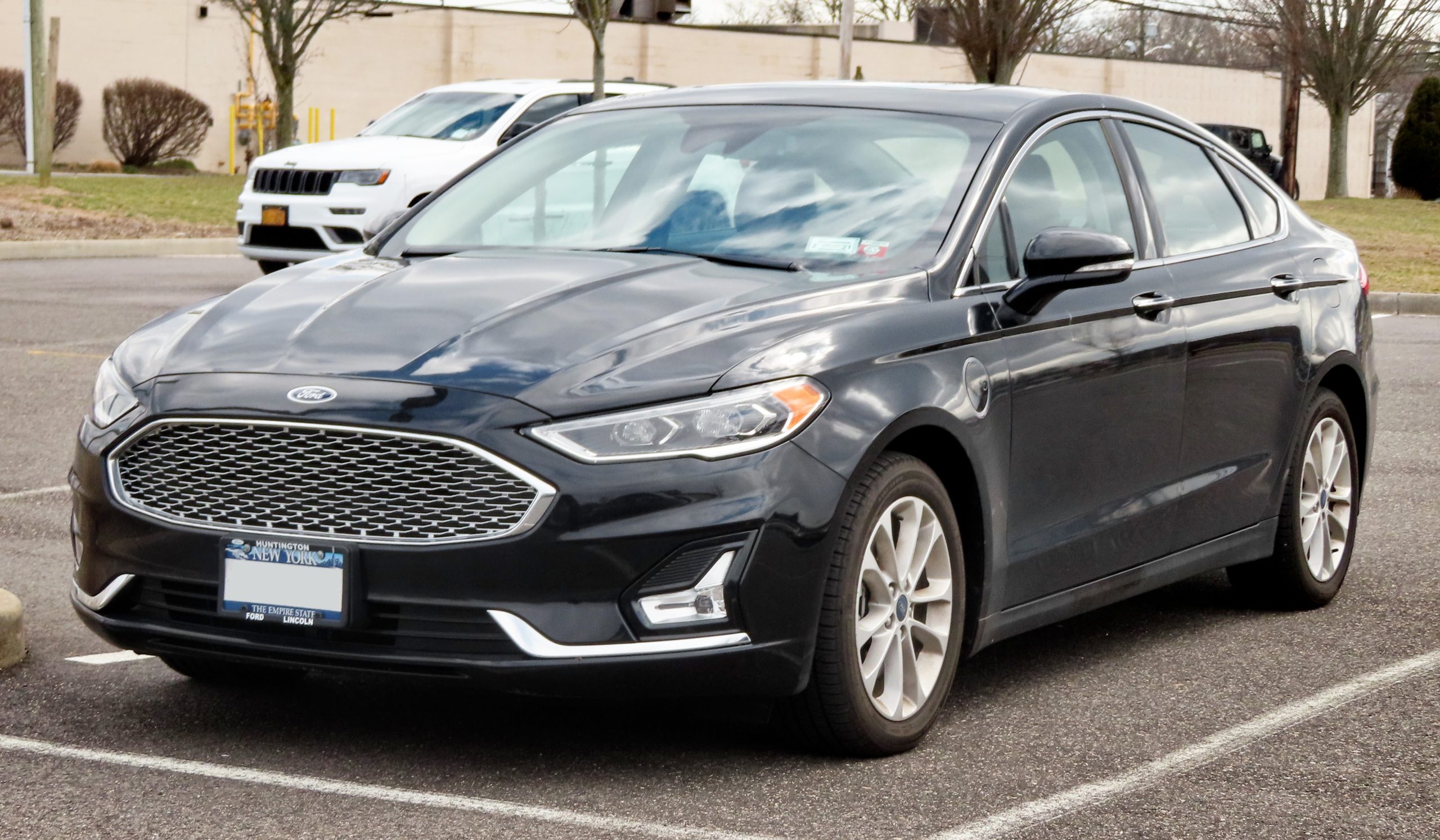
The root causes of these display failures have been traced to faulty printed circuit board connectors and related electrical components within the infotainment system.
These hardware failures can affect not only the backup camera display but also other integrated systems such as navigation, audio controls, and climate system interfaces.
The interconnected nature of modern vehicle electrical systems means that a single component failure can cascade into multiple system malfunctions, creating complex diagnostic and repair challenges.
Ford’s response to these issues has involved multiple recall campaigns and extended warranty coverage for affected vehicles. However, the repair process has been complicated by parts shortages and the need for specialized diagnostic equipment to properly identify and correct the underlying problems.
Many owners have reported multiple service visits before achieving satisfactory repairs, and some have experienced recurring problems even after official recall remedies have been applied. This situation has created significant inconvenience for owners and has raised questions about the long-term reliability of Ford’s integrated display systems.
3. Nissan Altima and Related Models Touchscreen Malfunctions
Nissan has encountered significant touchscreen reliability issues across several model lines, with the 2024 Nissan Altima serving as a prominent example of these widespread problems.
Touch screen issues in the 2024 Nissan Altima require system reboots and battery disconnection procedures, indicating fundamental problems with the infotainment system’s software and hardware integration. These issues affect not only entertainment functions but also critical vehicle controls that have been integrated into the touchscreen interface.
The touchscreen malfunctions in Nissan vehicles typically manifest as complete system unresponsiveness, where the display remains active but fails to respond to user inputs.
This creates particularly frustrating situations where drivers can see the available functions but cannot access them, leaving them unable to control climate systems, navigation, or audio settings.
The problem is often intermittent, making it difficult to diagnose and repair, as the system may function normally during service visits but fail repeatedly during regular use.
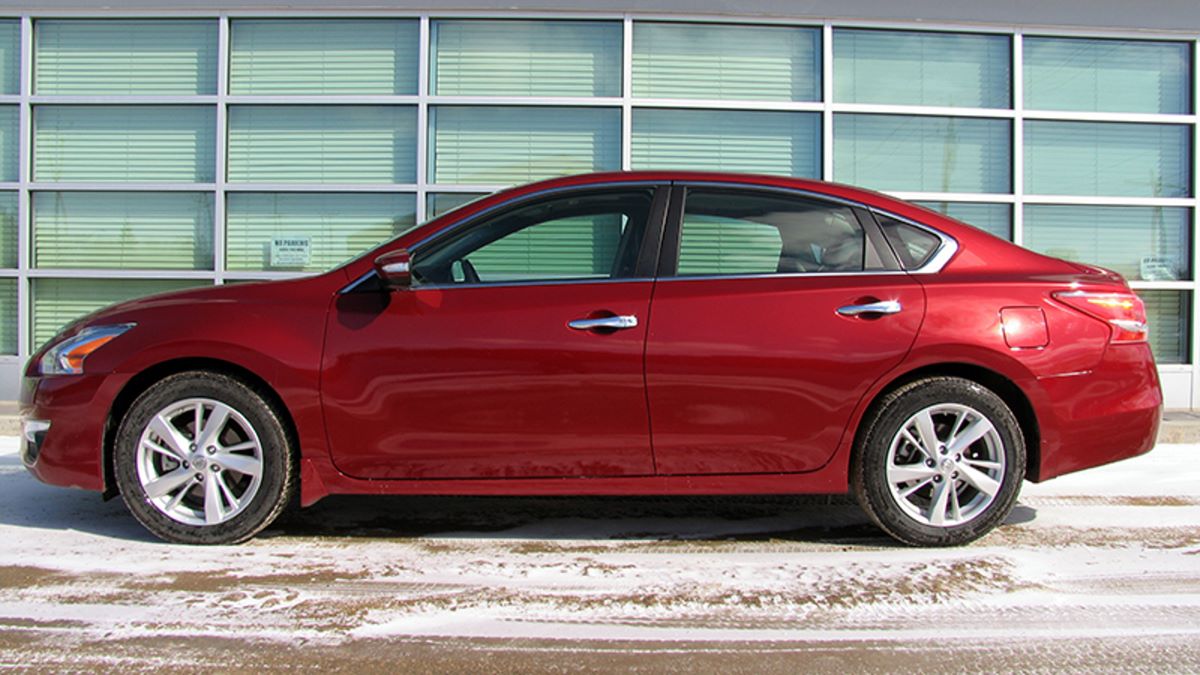
The complexity of these touchscreen issues extends beyond simple hardware failures to include software compatibility problems and integration conflicts between different system components.
Modern infotainment systems rely on complex software architectures that must coordinate multiple functions simultaneously, and any disruption in this coordination can result in system instability.
The problems affect various aspects of vehicle operation, from basic radio and climate control to advanced features like smartphone integration and navigation systems.
Nissan’s approach to addressing these issues has involved software updates and hardware replacement programs, but the solutions have not been universally successful.
Many owners report that problems persist even after official repairs have been completed, suggesting that the underlying causes may be more fundamental than initially recognized.
The company has extended warranty coverage for some affected components, but the recurring nature of these problems has created ongoing frustration for owners who depend on these systems for daily vehicle operation.
4. Chevrolet Trax Display Screen Problems
The 2024 Chevrolet Trax has experienced notable display screen problems that have resulted in recall actions and widespread owner complaints. The 2024 Chevy Trax recall affects display screens that stop working, creating significant inconvenience for owners who rely on these systems for basic vehicle operation.
The display screen failures in the Trax are particularly problematic because the vehicle’s compact design and focus on technology integration make the infotainment system central to many essential functions.
The Trax display screen problems typically involve complete system failures where the screen goes blank or becomes completely unresponsive to user inputs.
This creates serious operational challenges, as many of the vehicle’s controls have been integrated into the touchscreen interface, including climate control, audio settings, and smartphone connectivity features. When the display fails, drivers lose access to these essential functions, making the vehicle difficult to operate comfortably and safely.
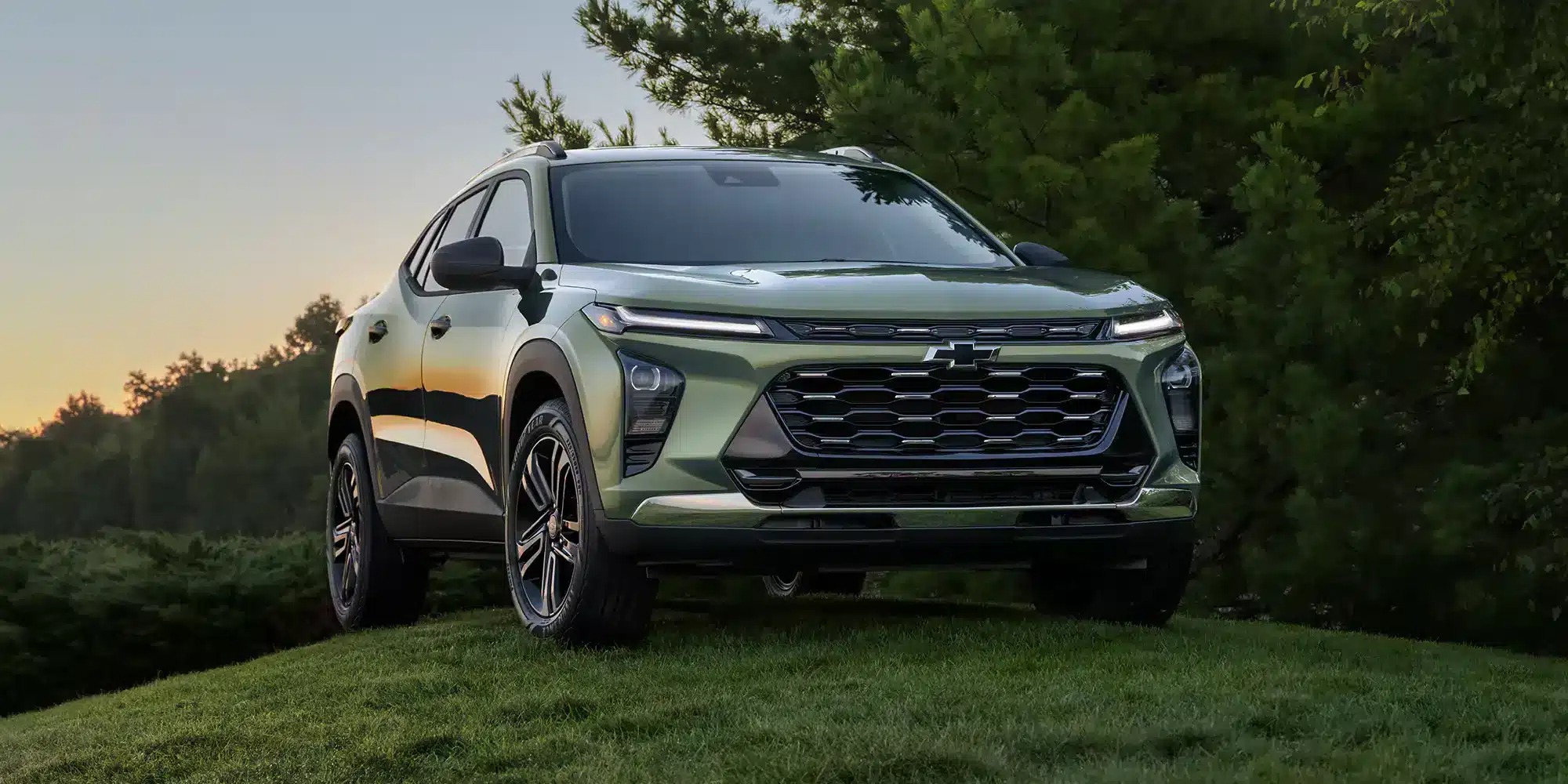
The timing of these display failures is particularly concerning, as they often occur during critical operational moments such as startup sequences, temperature extremes, or when drivers are attempting to use hands-free communication features.
The unpredictable nature of these failures makes them especially frustrating for owners, as they cannot anticipate when the system will malfunction or develop strategies to avoid triggering the problems.
Chevrolet’s response to the Trax display issues has involved recall campaigns and software updates, but the repair process has been complicated by the integrated nature of the vehicle’s electrical systems.
The display screen problems often require complete system reprogramming or hardware replacement, procedures that can take several days to complete and may not provide permanent solutions.
Many owners have reported recurring problems even after official recall remedies have been applied, suggesting that the underlying causes may be more complex than initially recognized by the manufacturer.
5. Lincoln Nautilus Blank Display Screen Issues
Ford’s Lincoln division has faced significant challenges with display screen reliability in the Nautilus model, resulting in recalls affecting over 30,000 vehicles.
Ford has recalled more than 30,000 Lincoln Nautilus vehicles over blank display screens, highlighting the severity and widespread nature of these problems.
The display screen failures in the Nautilus represent a particular concern for luxury vehicle buyers who expect higher levels of reliability and sophistication from premium automotive brands.
The Lincoln Nautilus display screen problems typically manifest as complete system blackouts where the entire infotainment display goes blank, leaving drivers without access to navigation, climate control, audio settings, and other essential functions.
These failures can occur at any time during vehicle operation, creating safety concerns when drivers lose access to backup camera displays or other critical information systems. The unpredictable nature of these failures makes them particularly problematic for owners who depend on these systems for daily driving tasks.
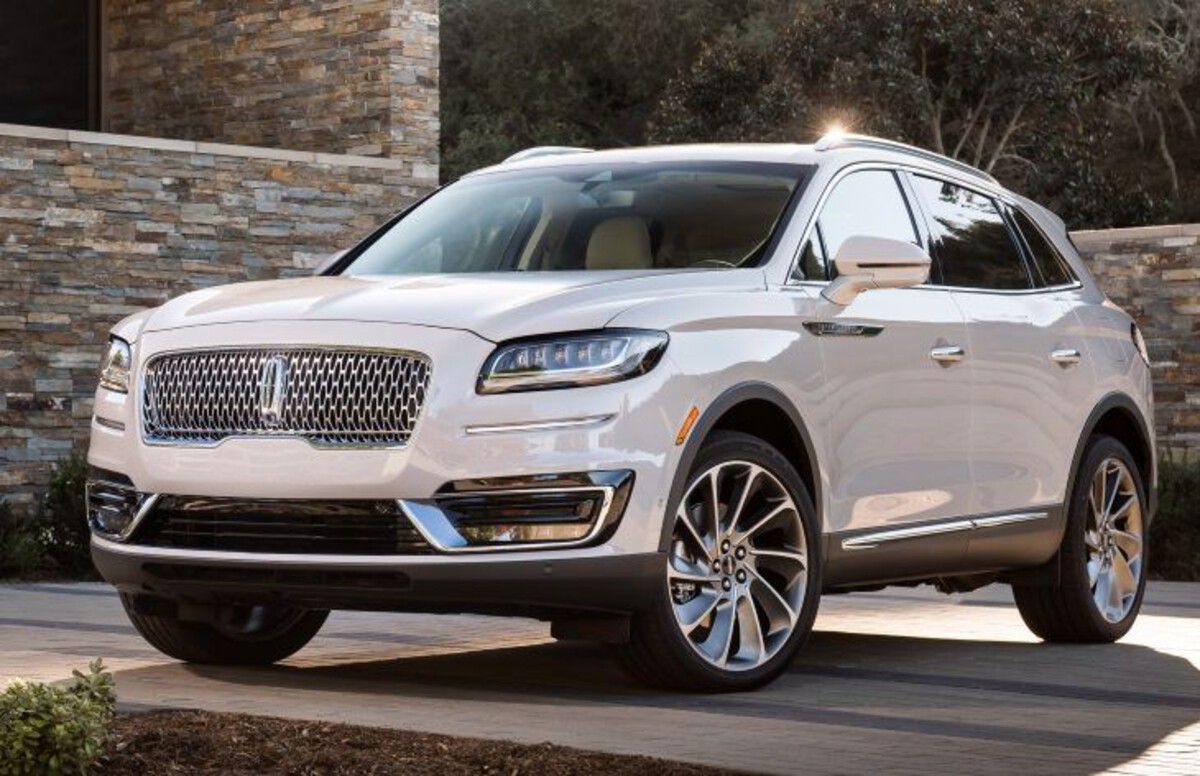
The root causes of the Nautilus display problems appear to be related to electrical system integration issues and software compatibility conflicts within the vehicle’s complex infotainment architecture.
Modern luxury vehicles like the Nautilus rely on sophisticated electronic systems that must coordinate multiple functions simultaneously, and any disruption in this coordination can result in complete system failures.
The problems affect not only entertainment and convenience features but also safety-critical systems that have been integrated into the display interface.
Lincoln’s response to these display screen issues has involved comprehensive recall campaigns and extended warranty coverage for affected vehicles.
However, the repair process has been complicated by the interconnected nature of the vehicle’s electrical systems and the need for specialized diagnostic equipment to properly identify and correct the underlying problems.
Many owners have reported multiple service visits and extended repair times, with some experiencing recurring problems even after official recall remedies have been completed.
This situation has created significant inconvenience for luxury vehicle owners and has raised questions about the long-term reliability of integrated display systems in premium automotive applications.
Also Read: 5 Cars With Clear Gauges vs 5 With Cluttered Clusters

